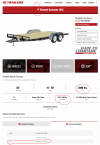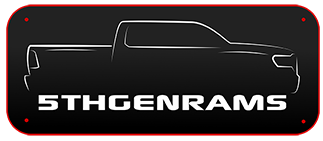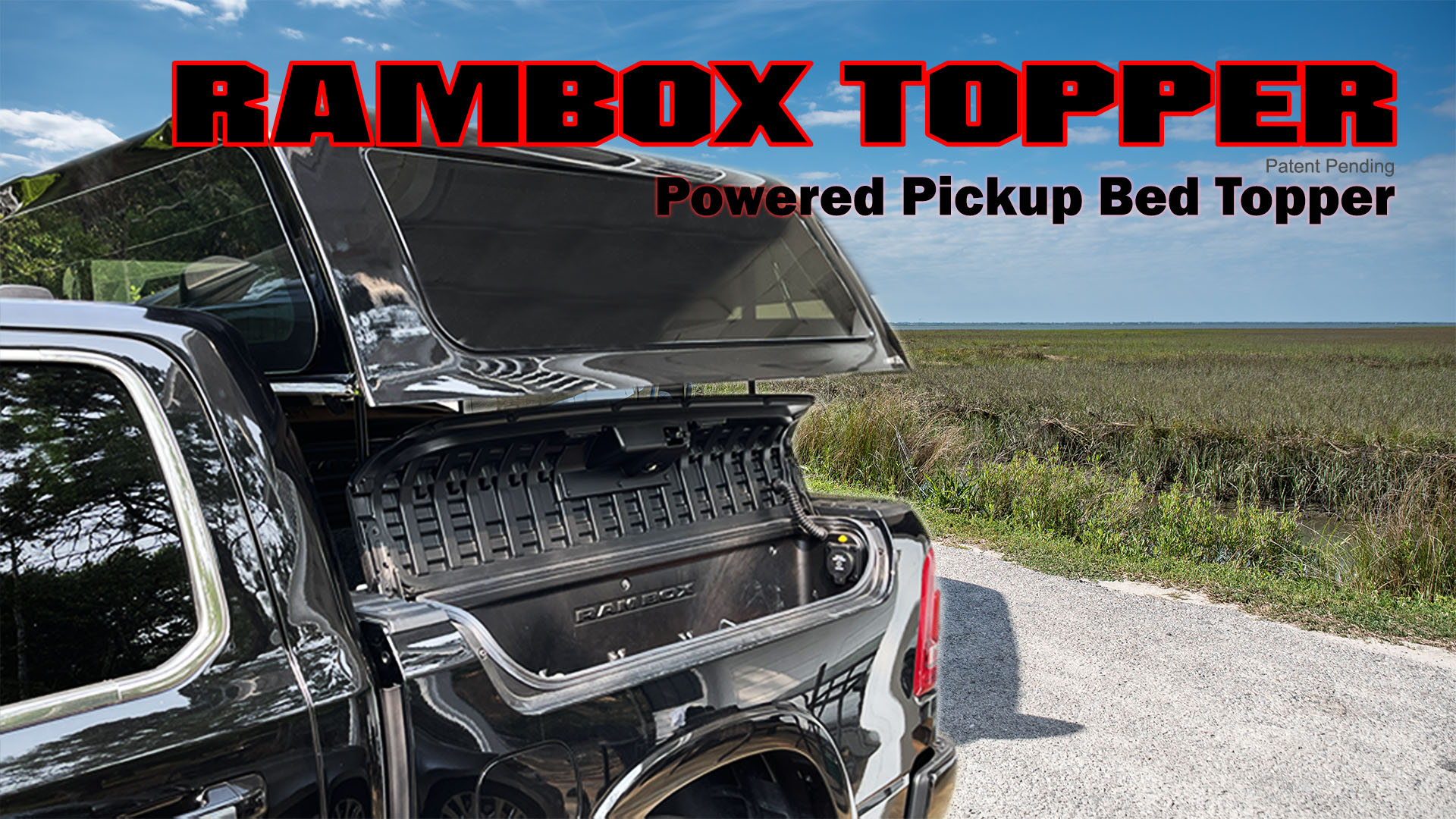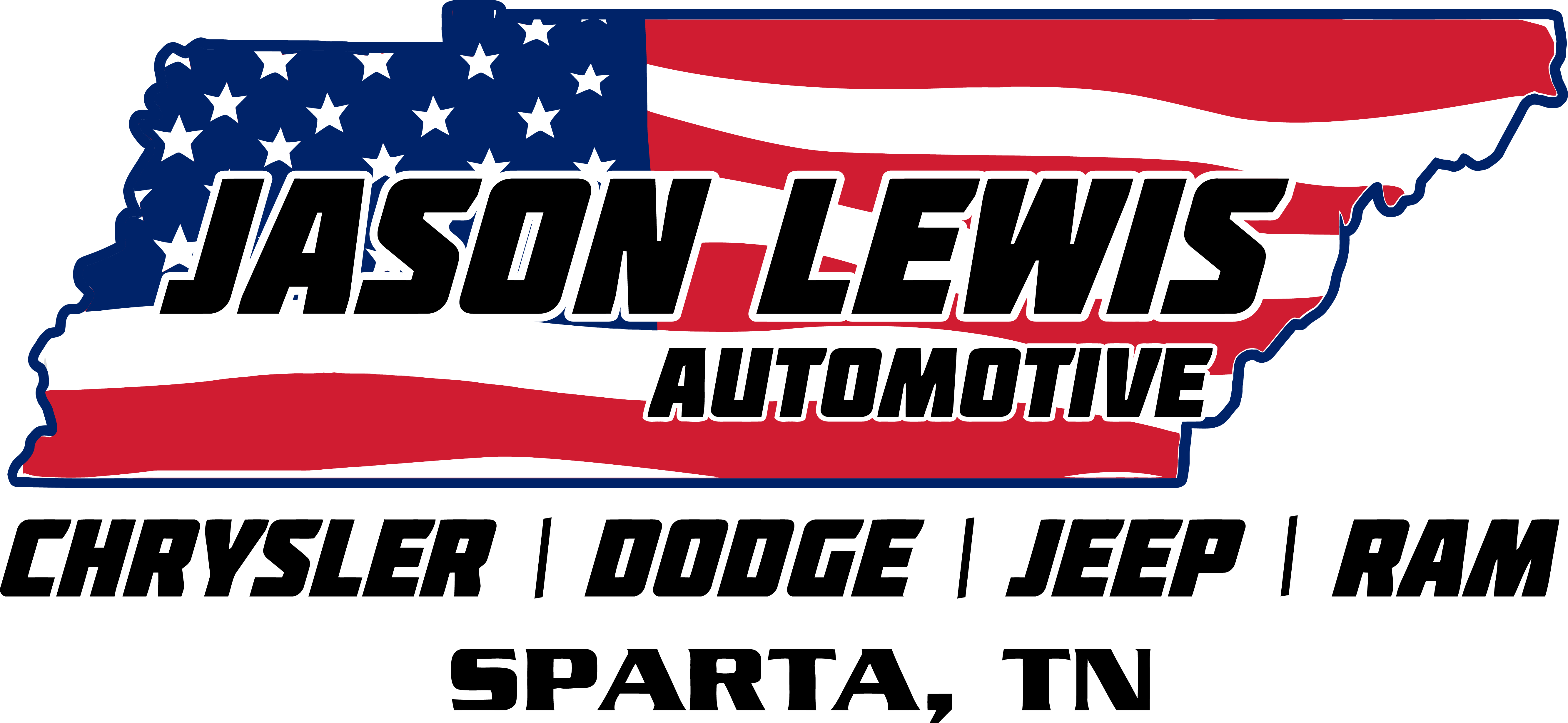DevinB
Active Member
Hello all,
Looking to buy a new Utility/ATV/Equipment trailer (removable side rails). Tandem Axle. GVWR 7000lbs or, more likely, 10000lbs. Will use for three things:
1) moving extremely heavy used woodworking machinery (3000lbs +) on skids or 4x4's...one or two machines at a time as payload allows. Side or rear-loaded with a forklift and then slid into a good spot with a winch or with rollers, then strapped down
2) general utility and moving random items, hauling plywood and lumber, etc.
3) occasionally hauling golf carts or ATV's
Will tow with either my new RAM 1500 Limited on its way (factory ordered--max tow ~ 8300, may payload ~ 1400...so say 800 leftover for tongue weight) or if-needed an F-350 that a few of us (friends) share for hauling.
This would be my 1st trailer purchase (rented or used friends' many times otherwise), and I've been looking at the PJ brand. Their utility trailers and equipment trailers seem perfect for my application as you can keep side rails on or remove them, and with them removed the decking is just slightly higher than the frame, so I can slide things in or out as need and also side load with a forklift. I'm looking at their 16ft long options, as that gives me enough room at the front to side-load full-size pallets in between the front rail and the fender.
My main question for you all has to do with the frame/channel size differences for the same claimed GVWR. They have their utility trailers, as they call them, the U-models all with a 4-inch channel frame that can be option-up to have the same GVWR (because of upgraded axles from 3500lbs to 5200lbs) as their 'Equipment Trailer' which uses a 5" channel frame. But when similarly equipped, the 5" channel frame version is only a few hundred pounds more in base weight but without any extra payload capacity....actually a tad less since it's a few hundred pounds heavier. For example, take their car haulers for an easier comparison:
First the 4" Channel: GVWR 7k, estimated weight 1800 lbs

Now the 5" Channel: Same GVWR 7k, estimated weight 2000 lbs...only 200 lbs more but of course less payload with same GVWR....? Why does this exist then....?

So let me get this straight. If I get a more heavy-duty trailer with a 5" channel frame instead of a 4" channel frame...my payload capacity goes down because of the extra frame weight? Yes I know that the axles are the same, and they're driving the GVWR. But both size frames must be able to handle the GVWR or else they wouldn't be selling them, so why would someone take the payload hit and go with the 5" channel frame if they're not getting anything out of it except a 200 lbs consequence in base weight. The tie downs would be more heavy-duty, rated for more weight. Would the 5" frame handle/pull better because it would be more rigid? Gotta be something.
Please impart your wisdom & opinions or poke fun at a dumb question if I'm missing something. I can take it Appreciate the read.
Appreciate the read.
-Devin
Looking to buy a new Utility/ATV/Equipment trailer (removable side rails). Tandem Axle. GVWR 7000lbs or, more likely, 10000lbs. Will use for three things:
1) moving extremely heavy used woodworking machinery (3000lbs +) on skids or 4x4's...one or two machines at a time as payload allows. Side or rear-loaded with a forklift and then slid into a good spot with a winch or with rollers, then strapped down
2) general utility and moving random items, hauling plywood and lumber, etc.
3) occasionally hauling golf carts or ATV's
Will tow with either my new RAM 1500 Limited on its way (factory ordered--max tow ~ 8300, may payload ~ 1400...so say 800 leftover for tongue weight) or if-needed an F-350 that a few of us (friends) share for hauling.
This would be my 1st trailer purchase (rented or used friends' many times otherwise), and I've been looking at the PJ brand. Their utility trailers and equipment trailers seem perfect for my application as you can keep side rails on or remove them, and with them removed the decking is just slightly higher than the frame, so I can slide things in or out as need and also side load with a forklift. I'm looking at their 16ft long options, as that gives me enough room at the front to side-load full-size pallets in between the front rail and the fender.
My main question for you all has to do with the frame/channel size differences for the same claimed GVWR. They have their utility trailers, as they call them, the U-models all with a 4-inch channel frame that can be option-up to have the same GVWR (because of upgraded axles from 3500lbs to 5200lbs) as their 'Equipment Trailer' which uses a 5" channel frame. But when similarly equipped, the 5" channel frame version is only a few hundred pounds more in base weight but without any extra payload capacity....actually a tad less since it's a few hundred pounds heavier. For example, take their car haulers for an easier comparison:
First the 4" Channel: GVWR 7k, estimated weight 1800 lbs

Now the 5" Channel: Same GVWR 7k, estimated weight 2000 lbs...only 200 lbs more but of course less payload with same GVWR....? Why does this exist then....?

So let me get this straight. If I get a more heavy-duty trailer with a 5" channel frame instead of a 4" channel frame...my payload capacity goes down because of the extra frame weight? Yes I know that the axles are the same, and they're driving the GVWR. But both size frames must be able to handle the GVWR or else they wouldn't be selling them, so why would someone take the payload hit and go with the 5" channel frame if they're not getting anything out of it except a 200 lbs consequence in base weight. The tie downs would be more heavy-duty, rated for more weight. Would the 5" frame handle/pull better because it would be more rigid? Gotta be something.
Please impart your wisdom & opinions or poke fun at a dumb question if I'm missing something. I can take it
-Devin











